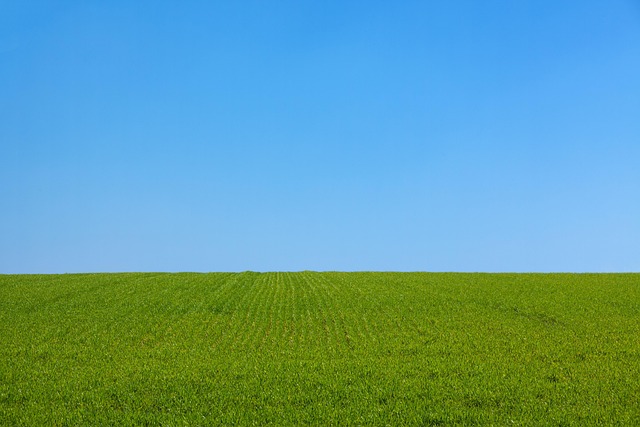In Colorado Springs, understanding and identifying lawn fungus (such as Fusarium patch and Pythium root rot) is key for organic lawn care. Look for discolored patches, brown spots, or white powdery substances. Organic treatments include beneficial fungi, sustainable practices like proper watering and aeration, and topdressing with compost. Early detection and prevention strategies, without harsh chemicals, maintain a healthy, eco-friendly lawn while minimizing water usage.
In Colorado Springs, recognizing and addressing lawn fungus is crucial for maintaining a healthy, vibrant landscape. This article guides you through identifying common types of lawn fungus specific to the region, offering organic solutions for effective control. We explore sustainable lawn care plans focusing on long-term prevention strategies, empowering you to naturally nurture your yard. Learn how to identify lawn fungus in Colorado Springs and implement eco-friendly practices for a lush, healthy lawn year-round.
- Recognizing Lawn Fungus: Common Types in Colorado Springs
- Organic Solutions for Effective Lawn Fungus Control
- Creating a Sustainable Lawn Care Plan: Long-term Prevention Strategies
Recognizing Lawn Fungus: Common Types in Colorado Springs

In Colorado Springs, recognizing lawn fungus is crucial for effective organic care. Homeowners often spot patches of discolored grass, with symptoms varying from brown spots to white powdery substances, indicating various fungal infections. Identifying lawn fungus starts with understanding common types prevalent in the region. For instance, Fusarium and Pythium are widespread in Colorado Springs, causing issues like Fusarium patch and Pythium root rot. These fungi thrive in warm, moist conditions, making them a frequent concern for local lawns during spring and summer months.
When it comes to identifying lawn fungus in Colorado Springs, homeowners can look out for specific signs such as sudden patches of dead or discolored grass, thick and matted vegetation, and the presence of a white, powdery substance—all potential indicators of fungal activity. Proper identification is key to implementing effective organic care plans that target these issues naturally, preserving the lawn’s health and vibrancy.
Organic Solutions for Effective Lawn Fungus Control

In Colorado Springs, identifying lawn fungus is a critical first step before implementing any organic care plan. Common signs include patches of dead or discolored grass, fluffy white growth on leaves, and an overall thinning appearance. Once detected, natural remedies can effectively combat these issues without resorting to synthetic chemicals. Organic solutions like applying beneficial fungi, such as Trichoderma and Bacillus, can help restore balance to the soil ecosystem. These microbes inhibit the growth of harmful pathogens while promoting a healthy root structure for stronger grass.
Additionally, organic lawn care involves implementing sustainable practices like proper watering techniques, regular aeration, and topdressing with compost. These methods not only control fungus but also enhance soil fertility, improve drainage, and encourage dense grass growth. By choosing organic solutions, homeowners in Colorado Springs can maintain a lush, healthy lawn while contributing to a safer, more eco-friendly environment.
Creating a Sustainable Lawn Care Plan: Long-term Prevention Strategies

Creating a sustainable lawn care plan involves implementing long-term prevention strategies that go beyond quick fixes. In regions like Colorado Springs, where varying climates can exacerbate lawn issues, identifying and addressing potential problems early on is key to maintaining a healthy lawn organically. Regularly checking for signs of lawn fungus, for instance, is an essential part of proactive care. Recognizing the symptoms—discolored patches, wilted grass, or mold growth—enables timely treatment without resorting to harsh chemicals.
By embracing organic methods, homeowners can foster a balanced ecosystem that naturally resists fungi and other pests. This includes improving soil health through regular composting, ensuring proper drainage to prevent waterlogging, and choosing drought-resistant grass varieties suitable for the local climate. These measures not only promote a lush, vibrant lawn but also contribute to environmental sustainability by minimizing chemical usage and conserving water resources.
In identifying and managing lawn fungus in Colorado Springs, organic care plans offer a sustainable and effective approach. By understanding common fungal types and implementing natural solutions, homeowners can prevent and control fungus without harmful chemicals. Long-term prevention strategies, such as proper watering and aeration, along with organic treatments, ensure a healthy, vibrant lawn year-round. Adopting these practices not only benefits your lawn but also contributes to a greener, more eco-friendly environment in the heart of Colorado Springs.
